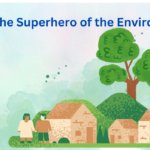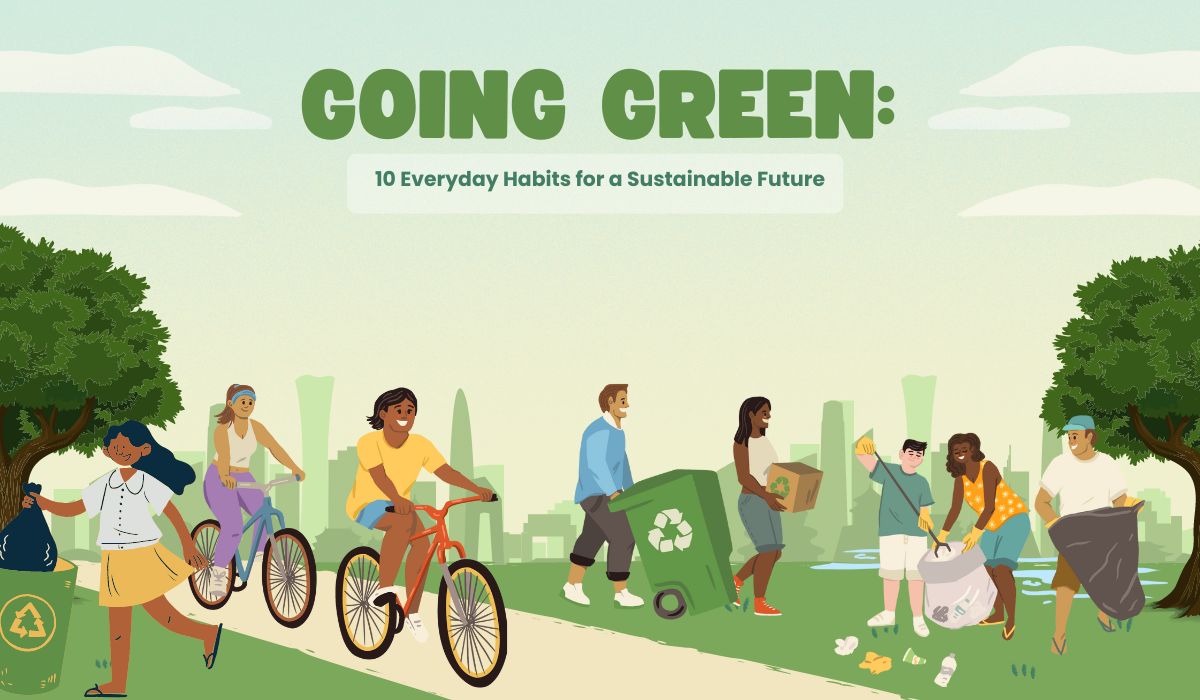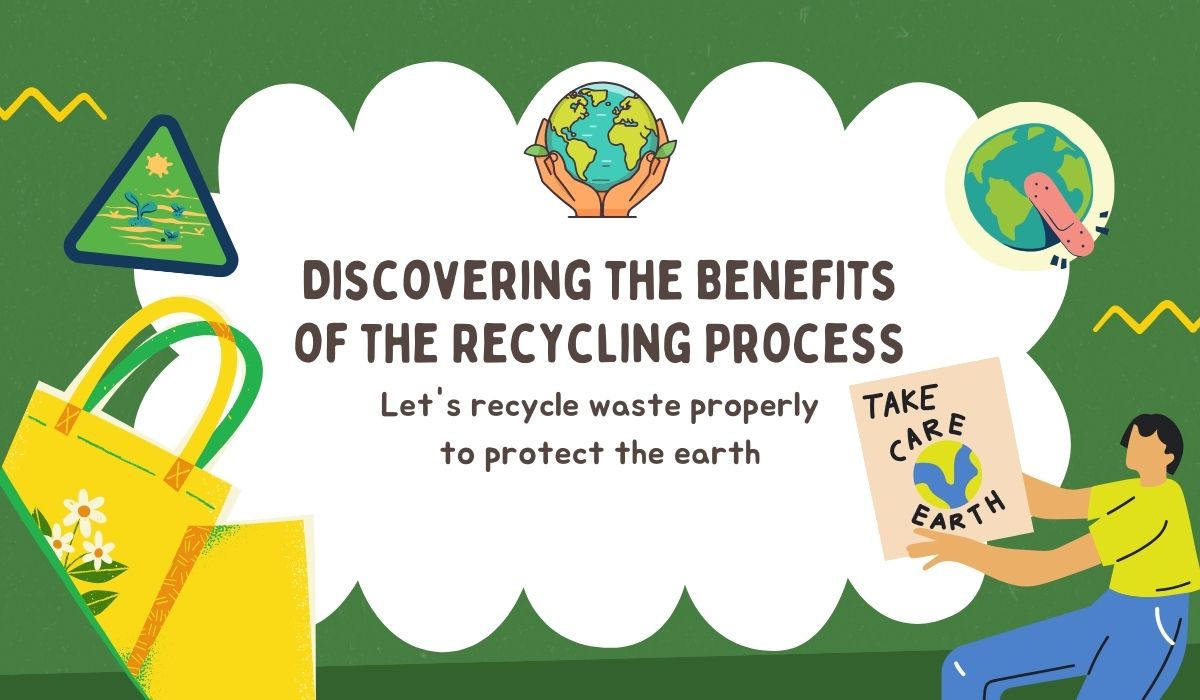Living sustainably is no longer just an option; it’s a responsibility we all share. As climate change and environmental degradation accelerate, each of us has the power to make a difference. Even small changes to our daily habits can add up to significant impacts on our environment over time. This article highlights small, practical habits that anyone can incorporate into their daily lives to contribute to a greener and more sustainable future.
Table of Contents
1. Reduce, Reuse, Recycle
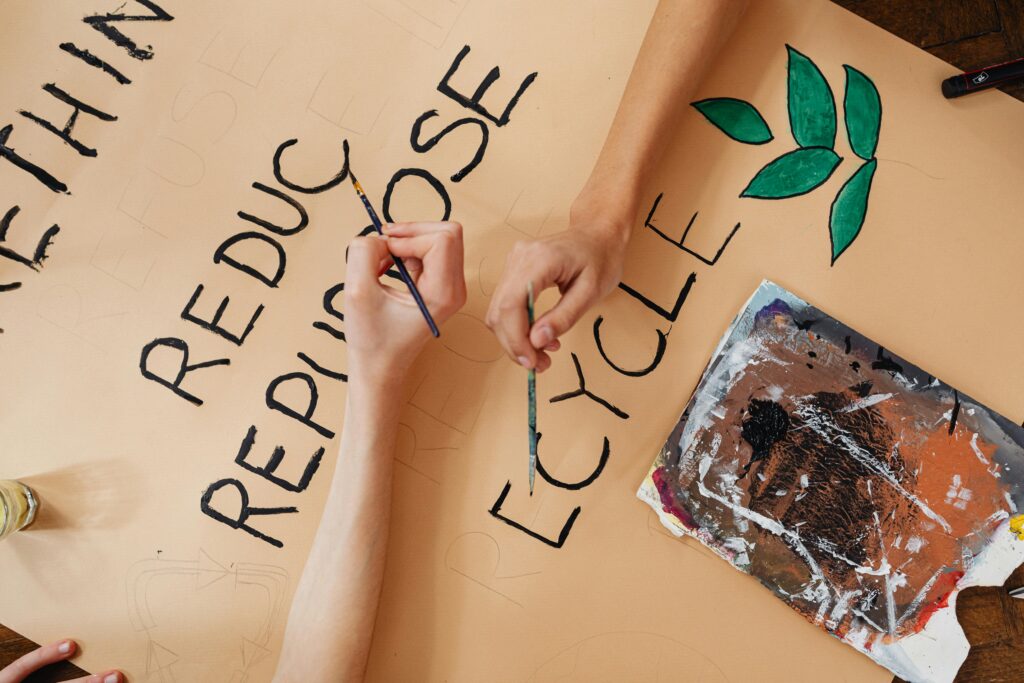
Reduce
The first and most crucial step is to reduce your consumption. This can be as simple as buying only what you need, avoiding impulse purchases, and choosing products with minimal packaging. The idea is to limit waste at its source.
- Practical Steps:
- Buy in bulk: Reduce the need for excessive packaging by buying in larger quantities.
- Choose quality over quantity: Invest in durable, high-quality products that have a longer lifespan.
- Digital receipts: Opt for digital receipts to reduce paper waste.
Reuse
Before you throw something away, consider if it can be reused. Reusing items conserves resources, reduces waste, and saves money.
- Practical Steps:
- Repurpose old items: Turn old clothes into cleaning rags or jars into storage containers.
- Reusable shopping bags: Carry your own reusable bags to avoid single-use plastic bags.
- Glass and metal containers: Use jars, tins, and containers for storing food or other household items.
Recycle
Recycling is one of the most well-known ways to contribute to a sustainable lifestyle. Make sure you are aware of the recycling guidelines in your area to properly segregate waste.
- Practical Steps:
- Separate waste at the source: Have different bins for plastics, metals, glass, and paper.
- Learn about recycling codes: Not all plastics are recyclable, so familiarize yourself with the different types.
- Support recycled products: Choose products made from recycled materials to close the loop on waste.
2. Conserve Water
Water conservation is one of the simplest yet most effective ways to reduce environmental impact. By using water more efficiently, you help preserve our natural resources and reduce energy use.
- Practical Steps:
- Shorter showers: Try to limit showers to five minutes or less to save water.
- Fix leaks: A dripping faucet or leaky toilet can waste gallons of water a day. Fix these as soon as you notice them.
- Use a water-saving showerhead: Install low-flow showerheads and faucets to reduce water consumption.

Outdoor Water Conservation
- Water plants early in the morning: Watering plants in the early morning reduces evaporation.
- Collect rainwater: Use rain barrels to collect rainwater, which can be used to water your garden.
3. Energy Efficiency
Reducing energy consumption is key to a sustainable lifestyle. It not only lowers your utility bills but also reduces greenhouse gas emissions from power plants.
- Practical Steps:
- Switch to LED bulbs: LED light bulbs use up to 80% less energy than incandescent bulbs and last much longer.
- Unplug electronics: Devices in standby mode still consume power. Unplug chargers, TVs, and other electronics when not in use.
- Smart thermostats: Invest in a smart thermostat to regulate home temperature efficiently and reduce energy usage.

Renewable Energy
- Solar energy: If possible, install solar panels on your roof to generate clean, renewable energy.
- Energy-efficient appliances: Choose appliances with high energy-efficiency ratings to reduce electricity consumption.
4. Adopt a Plant-Based Diet
Switching to a plant-based diet or reducing meat consumption can have a significant impact on the environment. The production of plant-based foods requires less water and energy and produces fewer greenhouse gases compared to meat production.
- Practical Steps:
- Meatless Mondays: Start by having at least one meat-free day per week to lower your carbon footprint.
- Local and seasonal foods: Buy local produce to reduce the energy needed for transportation and storage.
- Avoid food waste: Plan your meals to reduce food waste, and compost leftovers when possible.

Sustainable Food Choices
- Organic foods: Choose organic produce that’s free from harmful pesticides and chemicals.
- Support local farmers: Buy from farmers’ markets to support sustainable agriculture practices.
5. Opt for Sustainable Transportation
The transportation sector is a major contributor to carbon emissions. By making small changes to your daily commute, you can significantly reduce your environmental impact.
- Practical Steps:
- Walk or bike: Short trips can often be done on foot or by bicycle instead of driving.
- Public transportation: Use buses, trains, or carpooling to reduce the number of vehicles on the road.
- Electric vehicles: If you’re in the market for a new car, consider an electric or hybrid vehicle.

Reduce Air Travel
- Virtual meetings: Opt for virtual meetings instead of business travel whenever possible.
- Offset carbon emissions: When flying is necessary, consider purchasing carbon offsets to mitigate your impact.
6. Support Ethical and Sustainable Brands
Choosing to support brands that prioritize ethical practices and sustainability is a powerful way to make a positive impact.
- Practical Steps:
- Research: Before making a purchase, research the company’s practices regarding sustainability and social responsibility.
- Eco-friendly products: Choose products made with environmentally-friendly materials and minimal packaging.
- Fair trade: Support fair trade products that ensure fair wages and working conditions for workers.
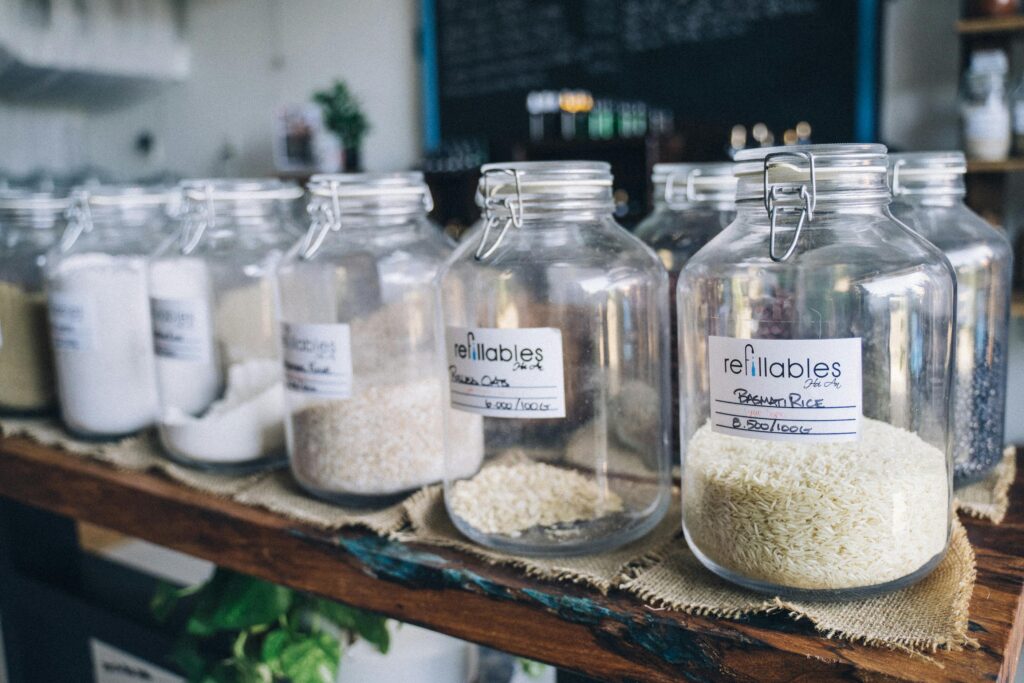
Minimalism in Fashion
- Second-hand shopping: Buy clothes from thrift stores or second-hand shops to reduce the demand for fast fashion.
- Quality over quantity: Invest in high-quality pieces that last longer and can be worn multiple times.
7. Minimize Plastic Use
Plastic pollution is one of the biggest environmental problems today. Reducing plastic use helps cut down on waste that ends up in our oceans and landfills.
- Practical Steps:
- Reusable bottles: Carry a reusable water bottle instead of buying single-use plastic ones.
- Plastic-free packaging: Opt for products with minimal or no plastic packaging.
- Avoid microplastics: Choose personal care products that do not contain microbeads or microplastics.

Alternatives to Plastic
- Biodegradable products: Use compostable bags, plates, and utensils when possible.
- Beeswax wraps: Replace plastic wrap with reusable beeswax wraps for food storage.
8. Grow Your Own Food
Growing your own food is one of the best ways to reduce your carbon footprint and promote a sustainable lifestyle.
- Practical Steps:
- Start a vegetable garden: Even a small garden can provide you with fresh vegetables and herbs.
- Indoor plants: Grow herbs and small plants indoors to purify the air and add greenery to your home.
- Composting: Turn kitchen scraps into compost to enrich your garden soil.
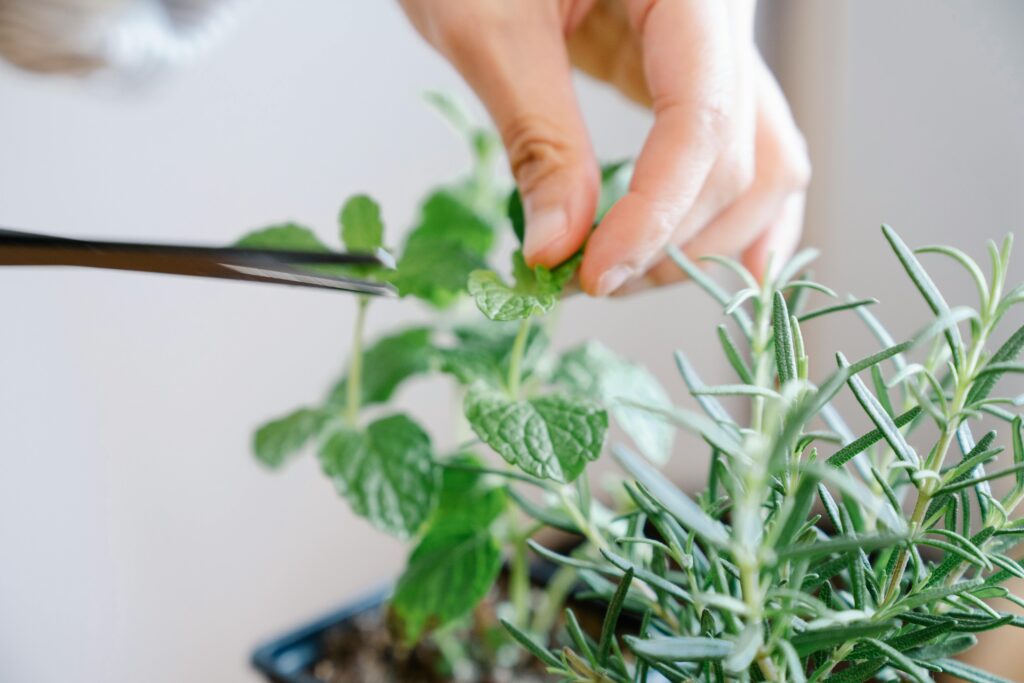
Benefits of Gardening
- Reduce food waste: Growing your own produce means you only harvest what you need, reducing waste.
- No pesticides: You have full control over what goes into your garden, avoiding harmful chemicals.
9. Digital Detox and Paperless Living
The digital world can consume significant energy, and a lot of paper is still wasted in offices and households. Reducing paper use and optimizing digital habits can lower your environmental impact.
- Practical Steps:
- E-bills and statements: Switch to electronic billing and digital statements to reduce paper use.
- Unsubscribe from junk mail: Eliminate unwanted mail to cut down on paper waste.
- Digital organization: Use apps and digital tools for note-taking, scheduling, and organizing tasks.

Eco-Friendly Technology Use
- Energy-efficient devices: Choose electronics with energy-efficient ratings.
- Reduce streaming quality: Lower streaming quality to save data and reduce energy use.
10. Community Involvement and Education
Creating a sustainable future is a collective effort. Engage with your community, spread awareness, and educate others on the importance of green habits.
- Practical Steps:
- Join community clean-ups: Participate in local clean-up events or organize one with your neighbors.
- Educate and inspire: Share your knowledge on sustainability with friends, family, and through social media.
- Support environmental policies: Advocate for policies that promote sustainability and environmental protection.

Inspire Future Generations
- Lead by example: Show younger generations the importance of sustainable living through your actions.
- School programs: Encourage schools to include environmental education in their curriculum.
Living a sustainable lifestyle doesn’t have to be complicated or expensive. By making small changes in our daily habits, we can collectively reduce our impact on the planet and pave the way for a greener future. The journey to sustainability starts with individual action, and each small step can lead to significant, lasting changes. Let’s take responsibility for our actions and inspire others to join us in creating a healthier, more sustainable world.





